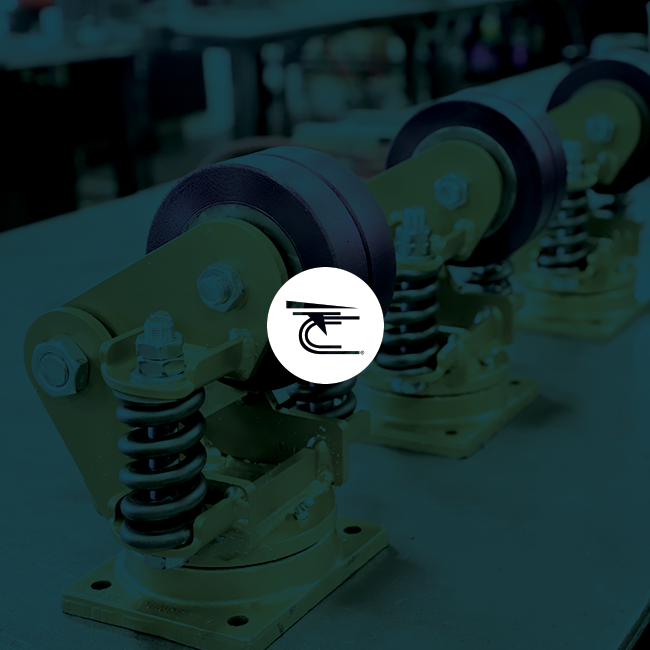

We’ve all seen the placards at manufacturing plants that proudly herald the number of days that have elapsed during a workplace accident. Such statistics are a source of pride for manufacturing employers – but also have a meaningful impact in reducing downtime, cutting down on medical expenses and ensuring a safe, efficient and OSHA-compliant working environment.
That’s why I was stunned to learn recently of a Bureau of Labor Statistics report that indicated that more than 40 percent of annual nonfatal workplace injuries were related to sprains and strains – the types of maladies that often occur from improper use of, or unsafe conditions for, hand carts.
Interested, I Googled “injuries related to pushing/pulling hand carts,” and discovered there are millions of links that provide information on the topic. After sifting through this jungle of information from sources like OSHA, the Teamsters and state Departments of Labor, it’s easy to conclude that there are a vast number of body parts that become injured when pushing/pulling hand carts – everything from back, to shoulder, to knees, and points in between.
The right wheels and casters can play an important part in cutting down on such workplace incidents. With thousands of projects under our belt, we have gained a unique perspective on this matter – which is why we feel an obligation to help you better understand the kids of solutions that may help reduce or eliminate injuries through better wheels and casters used on material handling carts.
In addition manufacturers are transitioning to a “fork-lift-free” environment and are counting on better-engineered carts to bridge the gap.
“We reduced the number of forklifts on our shop floor from 37 to 10 while I was at Gilbarco,” said Roy Walker, Vice President of Operations, Windows Manufacturing at Associated Materials. “My general rule of thumb is that a forklift costs about $10,000 per year, and this does not include the cost of labor to drive the piece of equipment, or the safety aspect.”
Manufacturers and cart fabricators ask us everyday to offer best possible caster and wheel solutions in making their world a bit easier and safer. Though some conditions – particularly related to imperfections of manufacturers’ floors – are out of our control, we can work with the hand cart fabricator in supplying a caster that will offer the best possible ergonomics for each environment, and for each budget.
Some simple rules of physics that I will share are the basis of finding a solution for your application:
What are some unique issues you’ve experienced related to hand carts push/pull injuries?